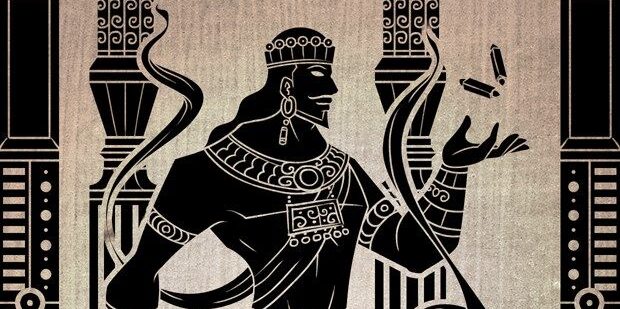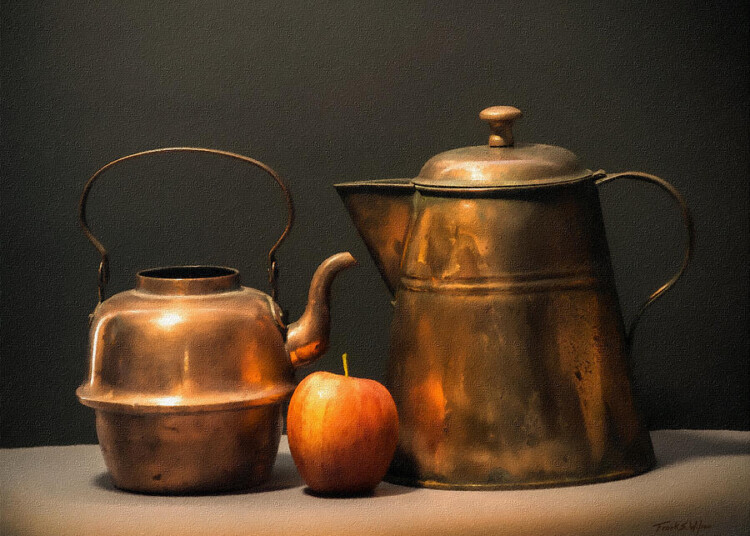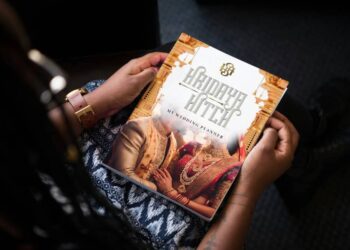Shakuni is a well-known character in the Mahabharata, one of ancient India’s two major Sanskrit epics and many consider him to be the bad guy of that great epic. In addition, he is well-known for his mysterious dice, which responds to his commands. In fact, when Shakuni used to gamble, he would always get dice in his favour, which is why he always won.
As previously stated, Shakuni is considered the main villain of the Mahabharata, but only because we have never seen or heard the tale from his point of view. He is frequently regarded as the mastermind behind Kurukshetra’s great war. This Shakuni character, on the other hand, is fraught with controversy, with many experts believing that he was not as evil as he is portrayed to be.
So, before we get into his perspective of course, let’s start with some background information on him.
Shakuni is the son of Subala, the king of Gandhara, for those who are unfamiliar with him. Shakuni’s saga begins when Bheeshma came down to Gandhara (an ancient region in the Kabul) to ask Gandhari for her hand in marriage to the blind prince, Dhritarashtra. Gandhari is Shakuni’s sister, someone Shakuni adores. Knowing she was going to marry a “blind” Dhritarashtra bothered him immensely.
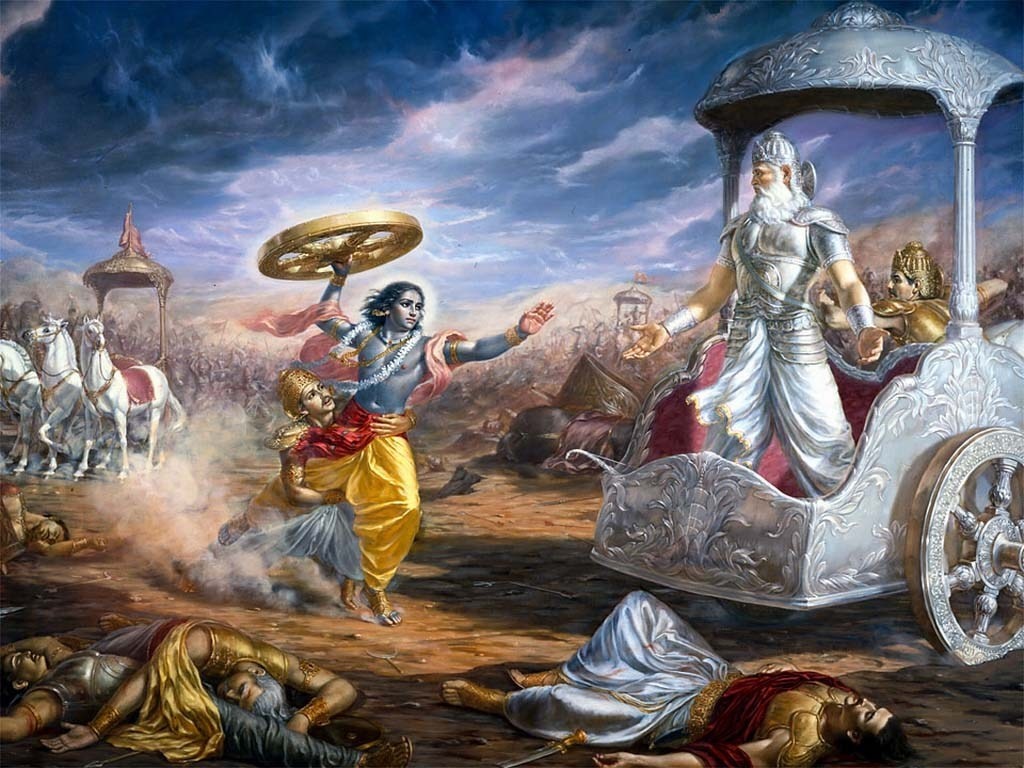
Something that enraged Shakuni even more was when Dhritarashtra imprisoned Shakuni and both his parents because Dhritarashtra was enraged by Gandhari’s first marriage to a goat before marrying him.
Her first marriage was to a goat because she was a manglik. Manglik (Mangala Dosha) is a person whose horoscope has Mars (Mangala) in a house that is considered unfavourable and inauspicious, particularly for marriage.
Marriage between a manglik and a non-manglik is thought to have disastrous consequences, including the failure of the marriage or even the death of one partner. This, however, can be remedied by performing a ceremony known as “kumbh vivaah,” in which the manglik is “married” to a banana tree, a peepal (sacred fig) tree, a silver or gold idol of Lord Vishnu, or, in rare cases, a sacrificial animal.
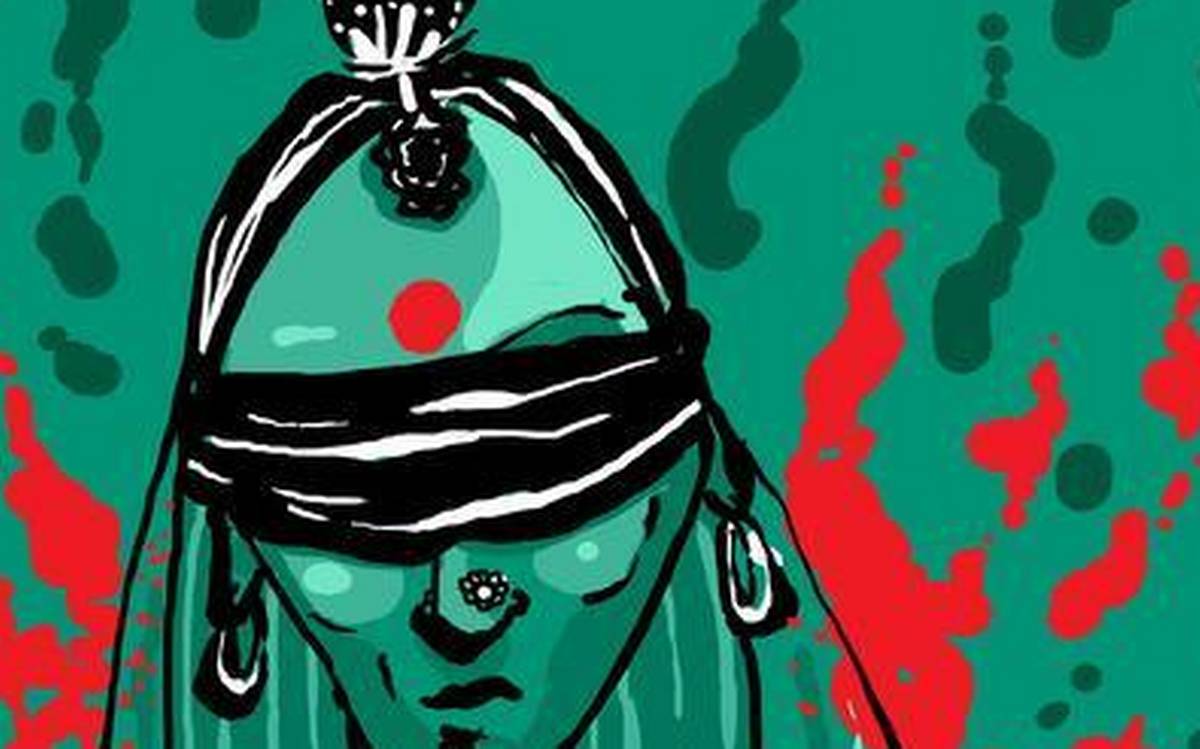
That is why Gandhari’s first marriage was to a goat, with the intention of possibly saving Dhritarashtra’s life. Dhritarashtra, not understanding this, decided to imprison Gandhari’s family and starve them to death.
According to legend, each of them in prison was only given one fistful of rice to eat every day. Knowing that they would not live long on this way of eating, Gandhari’s father instructed his youngest son, Shakuni, to consume all of the food given to them in order for him to live long enough to seek revenge on the Kurus.
Shakuni’s father also made certain that he would always remember to seek vengeance on Dhritarashtra. Before dying, Subala also asked Dhritarashtra to free Shakuni and care for him, promising that his son, in turn, would always look after and protect Dhritarashtra’s sons.
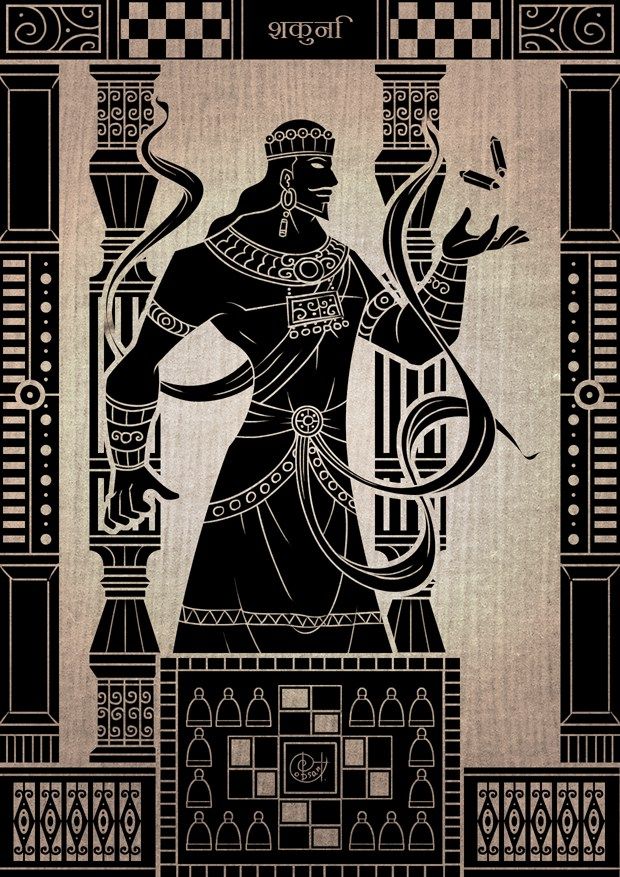
Shakuni’s journey of vengeance towards the Kuru dynasty began at that time.
That is how he pretty much started all of his dice games. All of this was done simply out of love for his sister, Gandhari, and to fulfil his father’s final wish before he ended up dead. What could possibly motivate him to seek vengeance or otherwise?
While learning about this aspect of Shakuni, a saying comes to mind:
“No one is born evil, nor is anyone born alone. They become that way, through choice and circumstance.”
That’s what I’m seeing in Shakuni’s case as well. He was neither a villain nor a hero, but rather a victim who was pressured to do evil in the eyes of Mahabharata readers.
Follow us on Instagram, Facebook or Telegram for more updates and breaking news.


